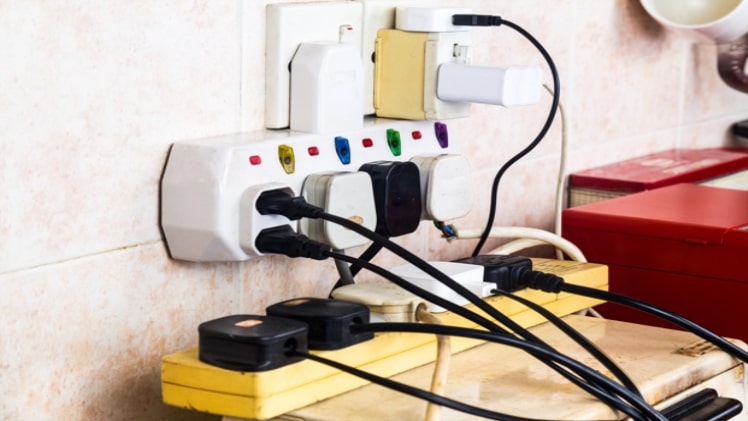Electrical spikes, also known as power surges, are an unfortunate part of life. You turn off the TV, leave the house and come back to a broken electronic item. There are all sorts of reasons why your electronic device may have been damaged during a power surge, but we’re going to explain what they are when they happen and how to handle them effectively infoworld.me.
What is a Power Surge?
A power surge is a rapid increase in voltage that lasts from a few nanoseconds to several seconds. It’s caused by a number of factors, including lightning strikes and faulty electrical wiring. During a power surge, the amount of electricity delivered to your home increases briefly enough so that it can damage any unprotected electrical devices plugged into an outlet.
Any appliance you plug into an electrical outlet can be damaged by a power surge: televisions and stereos, microwave ovens, refrigerators, computers and printers, lights (including fluorescent light bulbs), phones and answering machines, hairdryers (and other appliances with heating elements), heating and cooling systems like air conditioners or dehumidifiers, etc.
Causes of Power Surges
One of the most common causes of power surges is lightning strikes. The sudden influx of electricity in a storm can overload your home’s circuits, which then overload and cause damage to your appliance. If you experience this kind of surge, it’s important to unplug all appliances until the issue is resolved.
Another common cause is damaged power lines, whether from natural disasters or otherwise, which can send an excess of voltage through your home’s electrical system and cause a short circuit. Additionally, faulty electrical equipment such as light fixtures or power tools may also be responsible for creating a surge when they’re turned on or off abruptly by accident (or intentionally).
Of course, there are some other causes that are less likely but still possible: Utility company issues like downed lines or transformer fires might result in an increase in voltage during a storm or otherwise; likewise, if someone plugs too many appliances into one outlet at once (which isn’t recommended), they could create too much energy for that particular circuit and start tripping breakers throughout their house travbuddy.info.
Signs of Power Surges
Power surges are the result of a sudden increase in voltage supplied to your home or business by the electrical utility. Power surges can be extremely dangerous and can cause serious damage to electronics, appliances, computers and other sensitive equipment.
If you notice any of the following signs when there is no storm present: flickering lights; humming noises from your appliances; heating, air conditioning and refrigeration cycling on and off; digital clocks resetting themselves; or even just a funny smell coming from an outlet, these are all signs that there may have been a power surge in your home megago.info.
Protection and Prevention
A surge protector is an inexpensive appliance that connects directly to an outlet and prevents damage from power surges by diverting excess voltage away from your devices. Home-wide surge protection systems work in much the same way, but they connect all of the outlets in one room together, so if one device is damaged by a power surge, it won’t affect any others plugged into it.
If you have any appliances that are damaged by a power surge (or if you simply want to prevent future electrical problems), consider replacing them with newer models that are better equipped for handling sudden bursts of electricity.
Conclusion
Whatever the case may be, a power surge is certainly an inconvenience to your electronics and other appliances. Fortunately, many retailers sell surge protectors that will serve you faithfully in your time of need. Just be sure that you know what you are buying and that it meets the needs of your home r7play.info.

